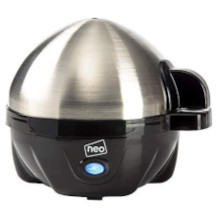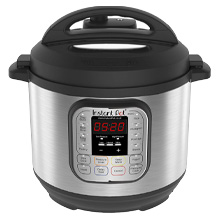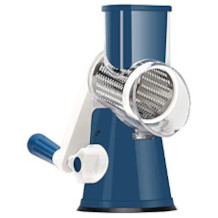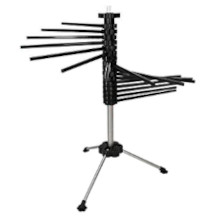Hand mixer purchasing advice: how to choose the right product
- What you need to know
- The three basic functions of a hand mixer are stirring, kneading, and whipping ingredients.
- The motor power is probably the most important factor. 450W is the minimum you should go for.
- Design and function do not always go hand in hand. In any case, the appliance should be comfortable to hold and have a non-slip grip.
Kitchen helpers for mixing
The hand mixer has long since become an indispensable kitchen helper. Equipped with various attachments, it is used for mixing and kneading light doughs, as well as whipping or whisking cream and sauces. Professional and amateur cooks and bakes alike use the handy appliance, especially when things have to be done quickly or when the preset angles of a food processor cannot produce the desired mixing effect.
The design
The hand mixer helps cooks and bakers to quickly process a mass of mixed ingredients into a homogenous batter or dough. As the name suggests, a hand mixer is held in your hand during mixing and kneading in a downward or slightly tilted angle during operation. The various attachments can be easily clipped into the appliance and remain in place, even during heavy mixing work, thanks to a fastening mechanism inside.
The main differences between models are in the attachments. Although brands like Bosch and Braun have repeatedly tried to reinvent the handle, the appliances are still similar in design. There are several switches on the upper front that can be operated with your thumb while blending. You can use them to set the rotation speed, for instance. The handle is also located at the top. In the back, there is a cable for the power connection. In the front, you can clip in the attachments.
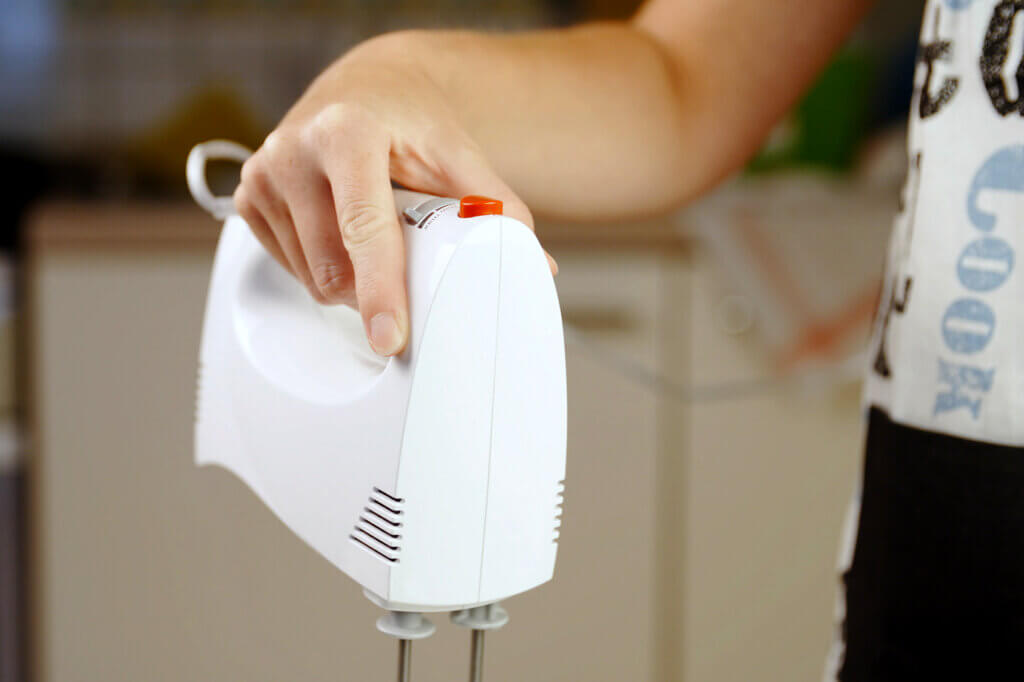
All hand mixers also have a button that releases the attachments. The workmanship and positioning of this button says a lot about the quality of the appliance. The more similar the button is to the on/off switch, the higher the risk of accidentally releasing the attachment, instead of starting the mixing process. Especially doughs and liquids that should not come into contact with hands or grease before the mixing process is finished may suffer from this. More practical are buttons that cannot be operated without effort and are clearly distinguishable from one another both visually and haptically.
One-handed operation required
All buttons on a hand mixer can be operated with one hand. This is necessary because the other hand usually holds the bowl or pot in which the mixing takes place.
How it works
The hand mixer has a motor that rotates the two mixing attachments. Depending on the model, the attachments rotate either in the same or in opposite directions. The stirring process mixes the ingredients and kneads the dough. Holding the hand mixer in your hand while mixing has several advantages: For one, you can easily start and stop the appliance. That way, foam can be whisked to perfection. Secondly, the appliance is very mobile. Weighing no more than half a kilo in some cases, the hand mixer can be moved around freely in the kitchen, making it possible to mix directly in the pot or on the kitchen counter.
Hand mixer vs. food processor
The way the hand mixer works is similar to a food processor. It also has a head with various attachments for mixing, kneading, and whipping. However, food processors require users to use a bowl that fits snugly into the machine. Some appliances also cannot handle hot liquids.
The hand mixer, on the other hand, is flexible. Even inexpensive models can work with hot mixtures. However, cooks should exercise caution by using a splash guard. This is one of the disadvantages compared to food processors, as hand mixers splash much more than food processors. The reason for this is the manual operation. While the food processor always uses the same angle and has been made to hold the mass in the appropriate bowl, this is not the case for manual hand mixing. Inexperienced users often dip the hand mixer in different depths or don’t maintain a consistent angle, thus changing the direction in which the liquid mass moves.
The different attachments
Since the hand mixer is not a particularly complex device, you can find models by off-brand manufacturers for as little as $10. It is, in large part, the workmanship of the mixing and kneading attachments that makes the difference in handling and determines how well the appliance does its job. The lower the power of the motor, the more flexible the stirring bars must be. Stainless steel attachments are not always the best solution. Many attachments use a plastic thread to avoid having to regularly oil the metal.
The attachments can be roughly divided into three types:
- Stirring attachments: A stirring attachment mixes ingredients together. It comes in a variety of designs, some of which seem to be trying to reinvent the wheel. However, classic four-sided stirrers and open paddles with momentum boosters tend to work the best. It is important to note that only liquids and powders that are easy for the attachments to move through should be mixed. After all, with their rounded edges, they cannot cut or slice through ingredients.
- Kneading attachments: For kneading, most hand mixers use dough hooks. A few models use a kind of kneading paddle, but this is more akin to a dough scraper and keeps folding the dough. The classic dough hook ensures that the dough is moved in the bowl through various rotational movements. It should not be used without a bowl.
- Whipping attachments: To whip cream and sauces, whisks are attached to the hand mixer. The more plastic is used in the whisk attachments, the better the end result, because foam reacts sensitively to grease and other impurities. Correct whipping is only possible with equipment that achieves fast rotations through a powerful motor.
Special design: use as a hand blender
A few companies thought of another purpose for the hand mixer and designed it so that it can be used upside down as a hand blender. The hand blender attachment, which is used for blending or mashing, is inserted at the front of the device. Such a design can be found in the product line of Philips, for example. However, the disadvantages compared to a conventional hand blender outweigh the advantages, because you still have to hold a hand blender by the horizontal handle, which can be rather cumbersome.
Some Bosch appliances can also be connected to the food processor so that they do not have to be held in the hand for too long. However, this way, you lose the flexibility of the hand mixer. Hence, this development is also impractical for quick use.
What matters when buying
Looking at the hand mixers available on the market, hobby cooks and bakers underestimate the importance of figuring out what the right model is for you. After all, the appliances are all very similar in appearance and design. The main difference tends to be the color. However, choosing the right hand mixer is not as easy as it may seem.
If you want to choose a model, you should first know what exactly you want it for. Most hand mixers can mix and whip all liquids without any problems. When it comes to kneading, light appliances with a low-power motor do not perform well. Besides the motor power, there are other factors that play a role in the purchase decision. We have compiled the most important criteria below.
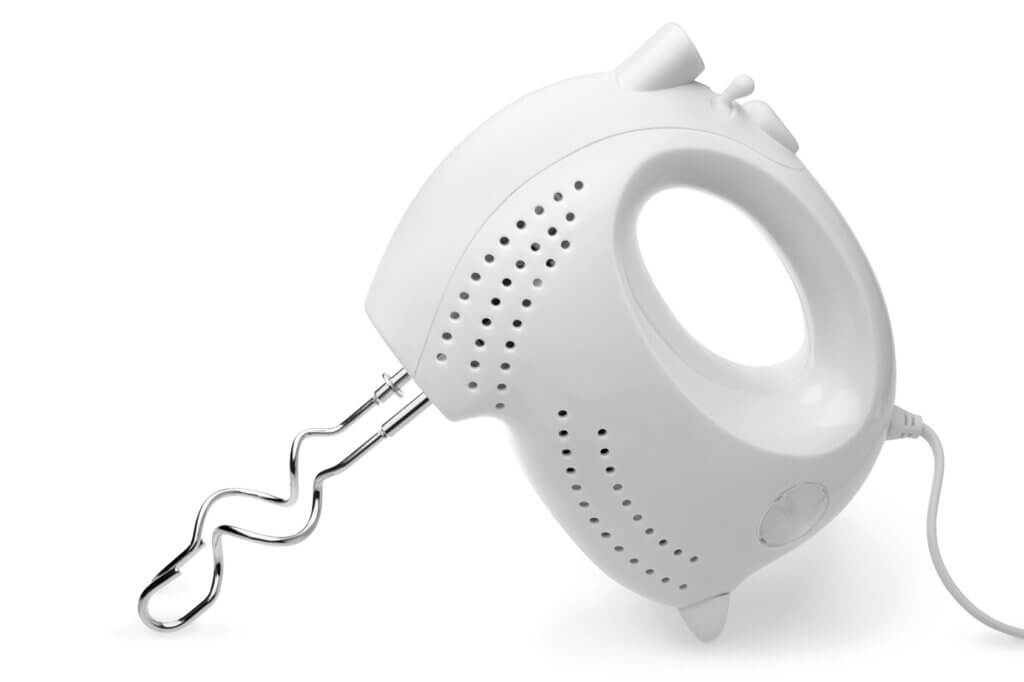
The motor power
When buying a hand mixer, the first thing you should look at is the motor power, because many manufacturers cut corners here. Although this reduces the price and makes the appliance more attractive for people looking to save money, an appliance with a low-power motor is almost useless when it comes to kneading dough. For whipping, low motor power is also insufficient.
Inexpensive models are equipped with a motor of no more than 450W. This power is only sufficient for regular stirring at various speed levels. Other brands, however, rely on motors with a power of up to 750W. The appliances consume a little more energy, however, considering that hand mixers are usually only used briefly, energy consumption is not a major consideration. 750W are enough to knead a dough and, if available, to use cutting attachments.
Rotation of the attachments
To mix and knead a dough smoothly, you need more than simple unidirectional rotation. Food processors usually rotate in opposite directions so that the hooks do not fold the dough. With a hand mixer, this is often omitted, as the mixing function is the main focus.
If you are looking for a powerful hand mixer, a slightly offset rotation is best. The distance between the attachments should also be as small as possible so that the dough doesn’t get pulled up the attachment.
The equipment
An important part of the purchase decision is to figure out which attachments are actually necessary. In an effort to provide a variety of functions and attachments, manufacturers sometimes lose sight of what really matters: making a reliable, high-quality device with a long lifespan. Hence, if only mixing, whisking, and kneading attachments are needed, you should decide against additional chopping attachments, blending sticks, and similar accessories, and, instead, choose a simple hand mixer with sufficient motor power that can handle these three functions excellently.
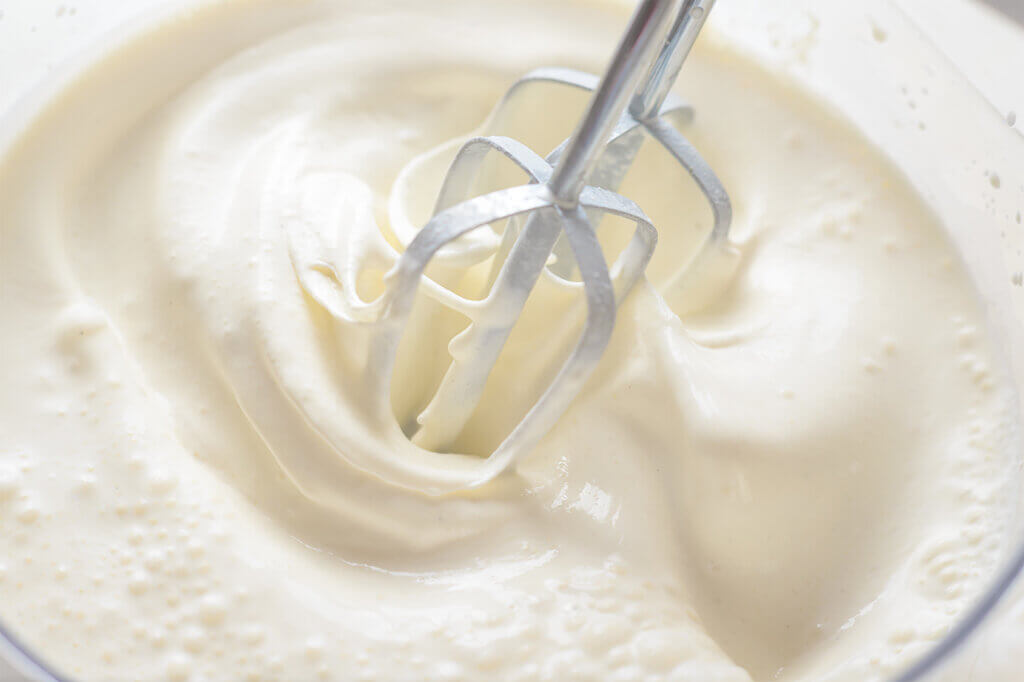
Design and ergonomics
The more the hand mixer is used, the more important an ergonomic design is. Heavy hand mixers work better for heavy ingredients and dense doughs. However, they can only be held in your hand for a long time if they are designed well. The handle should either have special dents for your fingers or a non-slip coating. But not all users opt for an ergonomic handle: Some focus on easy cleaning, which is easier on a smooth surface without any dents, grooves, or hard-to-clean materials.
Design also includes color. Hand mixers are often available in many different colors. However, the color design is always a matter of taste. Besides, most users put the hand mixer back in the cupboard after use anyway, so it does not necessarily have to match the rest of the kitchen design.
Ease of use and complexity
The hand mixer is operated with a few buttons that can be pressed with the same hand that holds the mixer. In this respect, operation should be as simple as possible. Hand mixers that use multiple small buttons and switches tend to be cumbersome to operate. Ideally, the buttons and control panels on a hand mixer are self-explanatory and labelled with large letters. Color coding and an ejector knob that stands out haptically are also practical.
Care and cleaning
Ideally, the hand mixer should be cleaned after each use. Almost all models have plastic housings, which can simply be cleaned with a damp cloth. Special attention should be paid to the openings for the attachments. This is where dirt accumulates. If not cleaned properly, the dirt can damage the appliance over time or find itself into your batter.
The attachments are made of stainless steel and plastic. The more complex the surface of the attachments is in form, the harder they are to clean. Warm water and a little washing-up liquid are usually sufficient. Sometimes attachments are also dishwasher safe — but do consult the manufacturer’s information beforehand.
Warranty and lifespan
In cheaper appliances, consumers can assume that the lifespan of the motor and the attachments will suffer from the subpar workmanship. Of course, the lifespan of the hand mixer doesn’t only depend on the manufacturer but also the user: If you put the device to work regularly and do not take care of it, it won’t last long.
Manufacturers of high-quality appliances not only provide comprehensive customer support, but often offer all attachments and components for replacement. So if you want to be more sustainable and use your appliance for a long time, you should opt for a hand mixer that costs $30 upwards. In the price range below that, manufacturers often use low-quality materials.
Another issue concerning inexpensive appliances concerns the coating of the attachments. They must not release any color or material particles during mixing and kneading. Otherwise, the coating is not suitable for kitchen work. For safety purposes, such attachments should be disposed of.
Image 1: © Video_StockOrg / stock.adobe.com | Image 2: © Popova Olga / stock.adobe.com | Image 3: © Maryana / stock.adobe.com

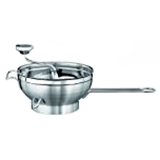
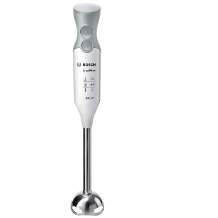
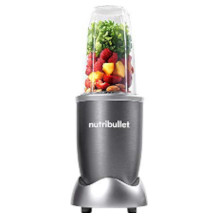
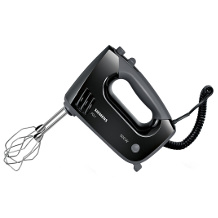
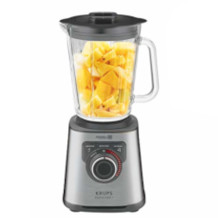








 8,067 reviews
8,067 reviews
